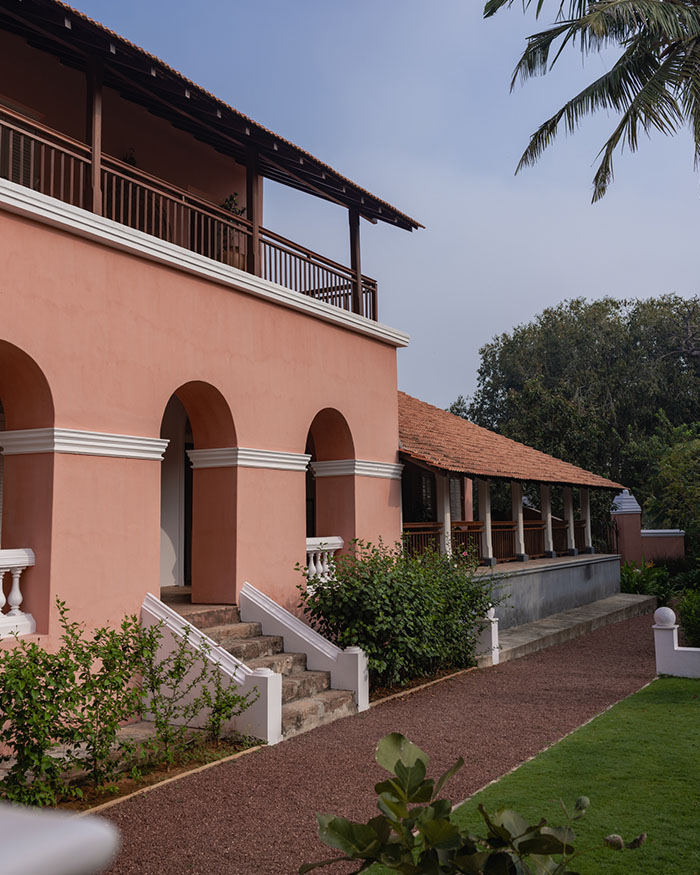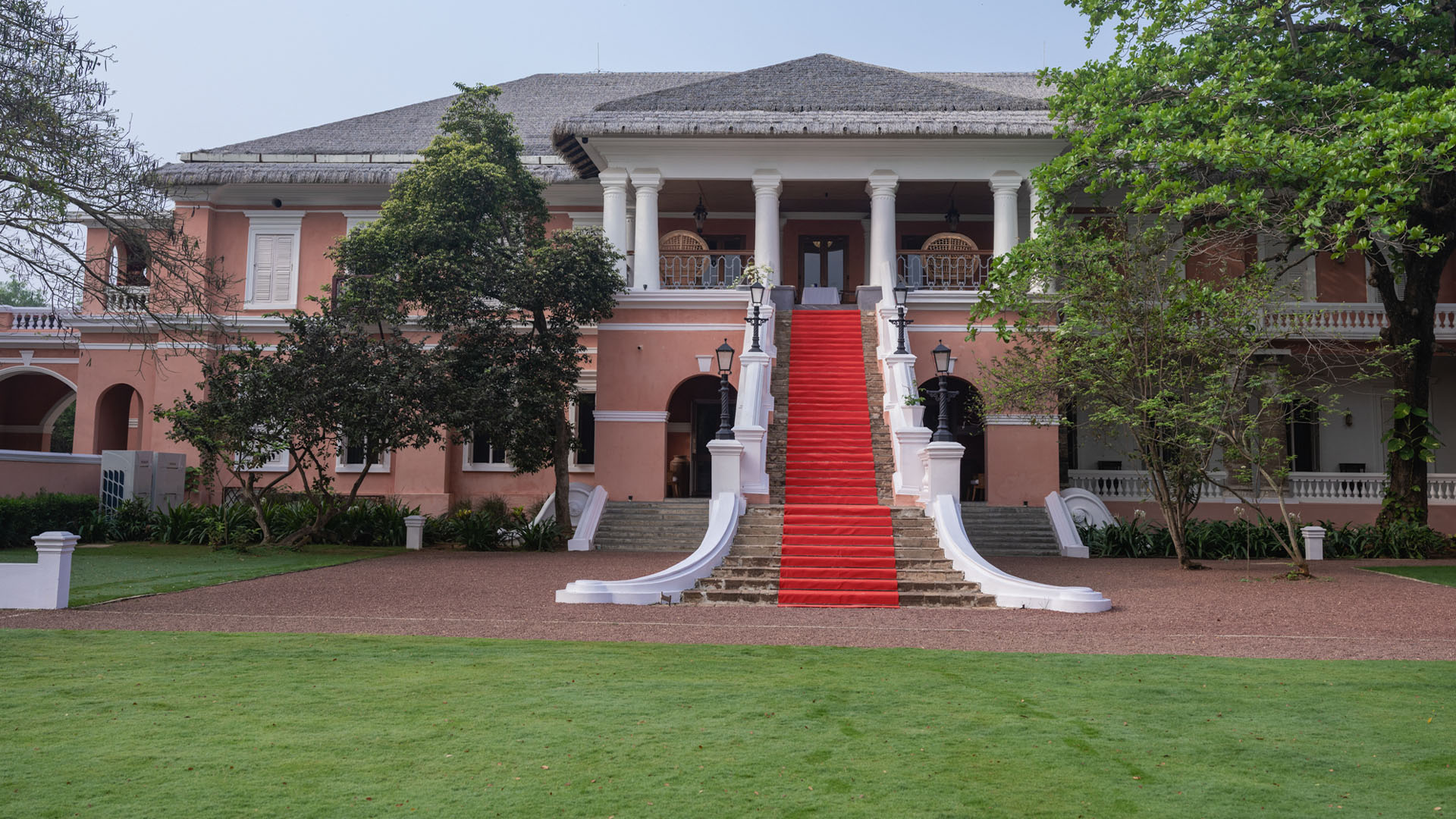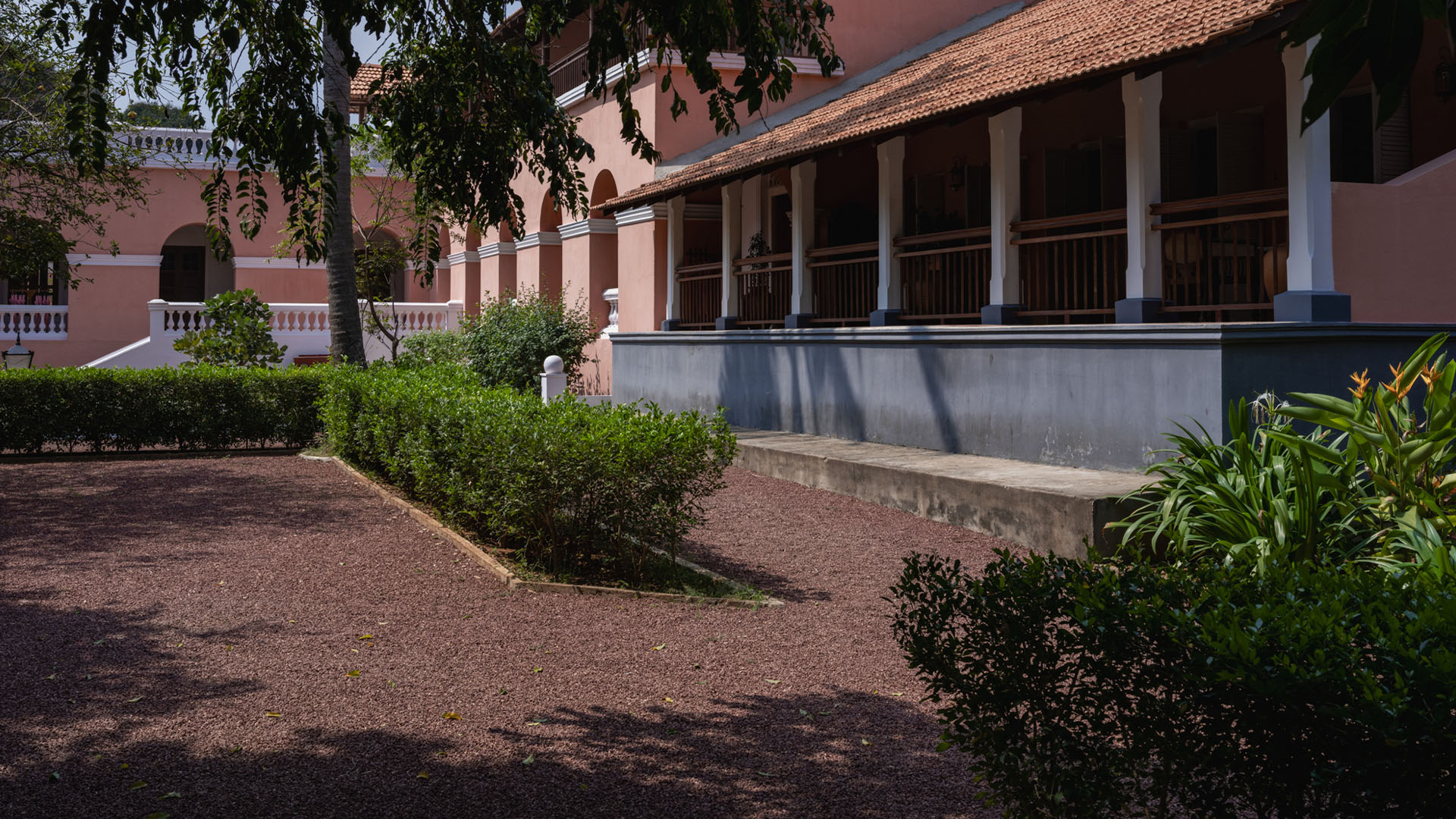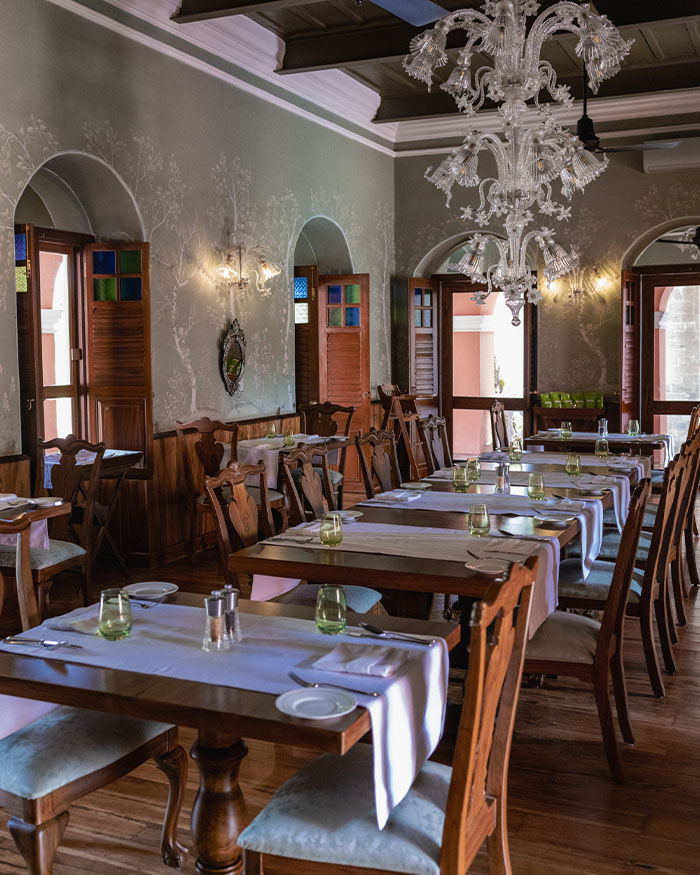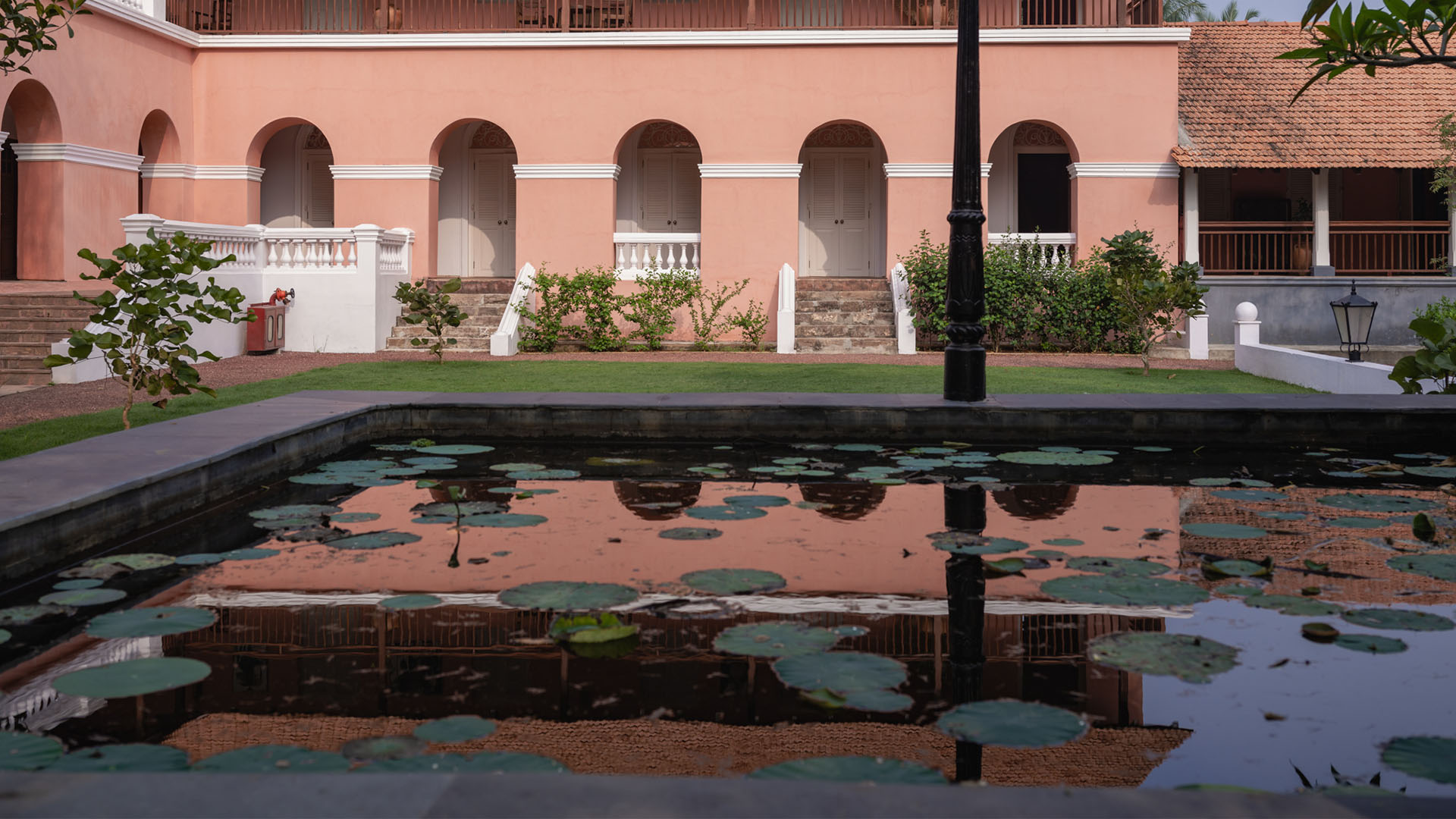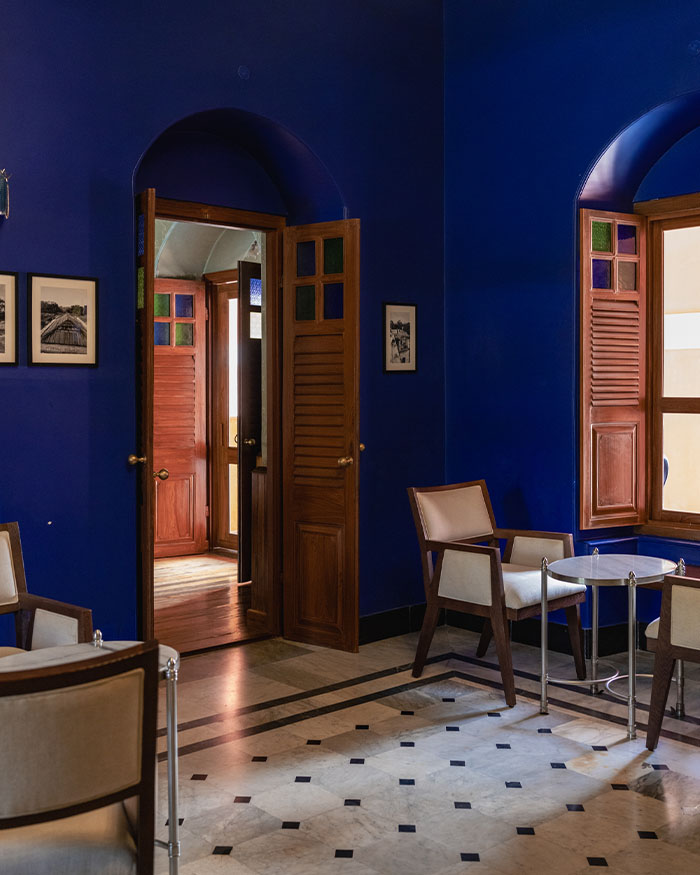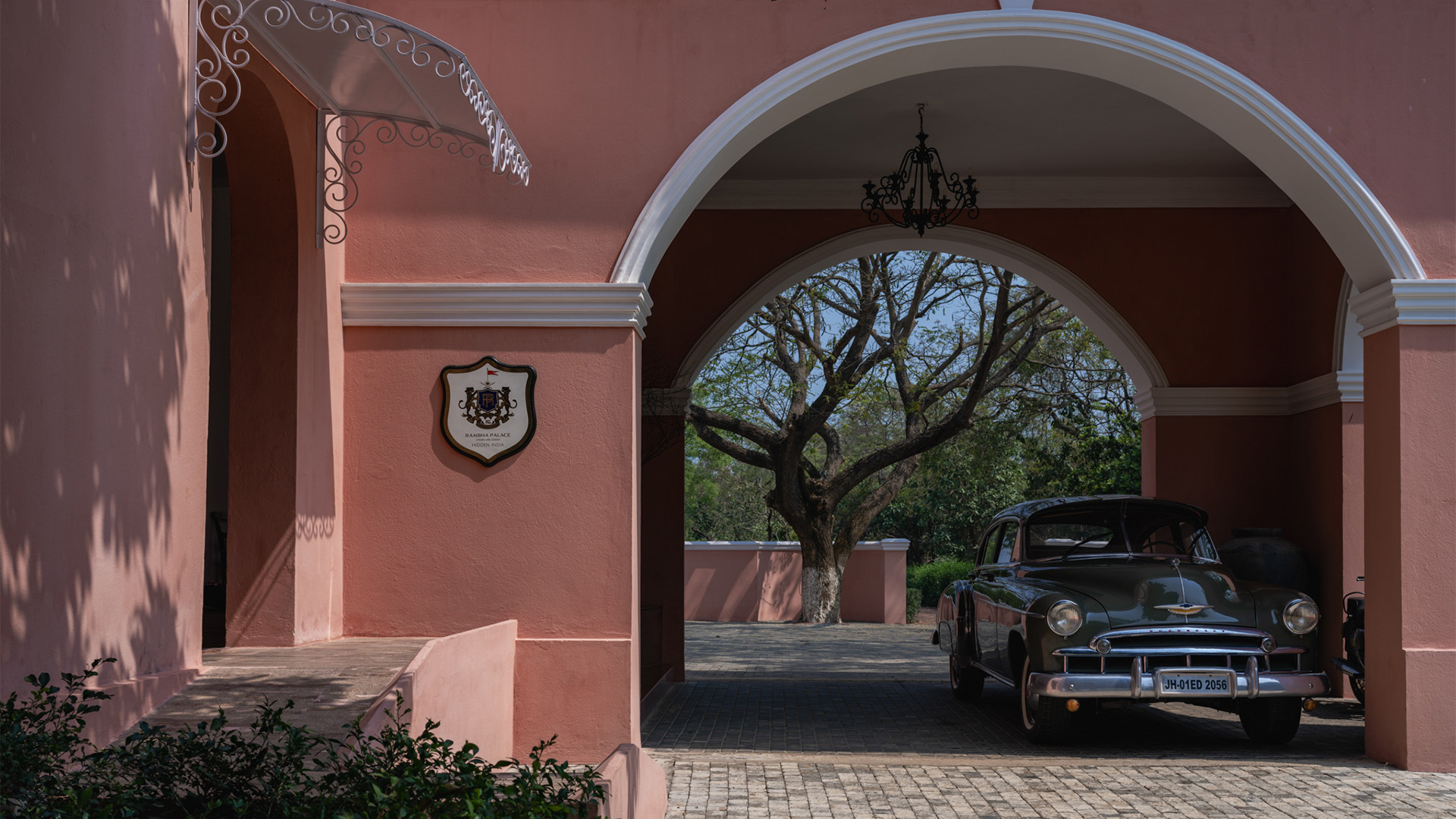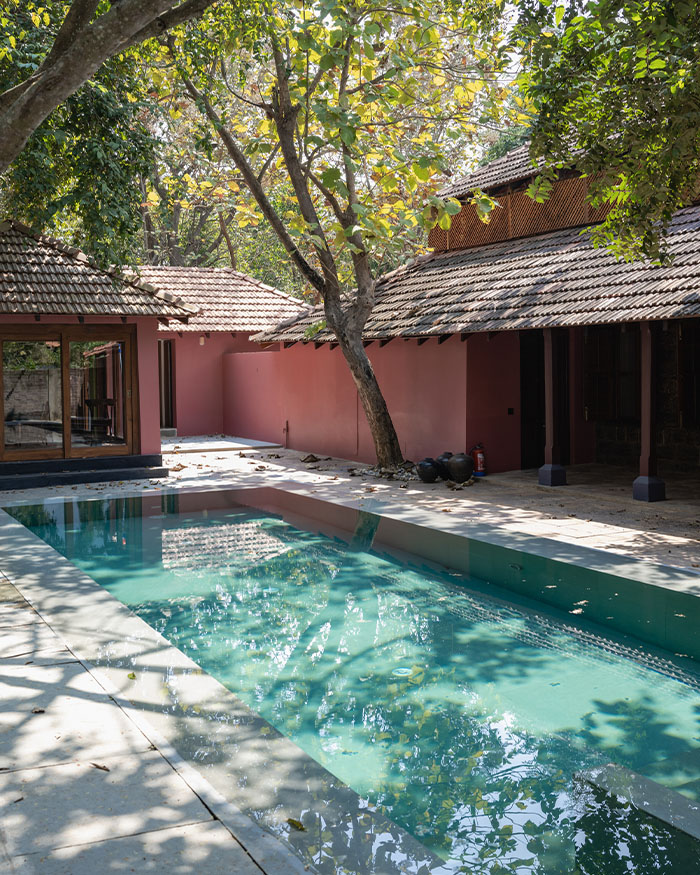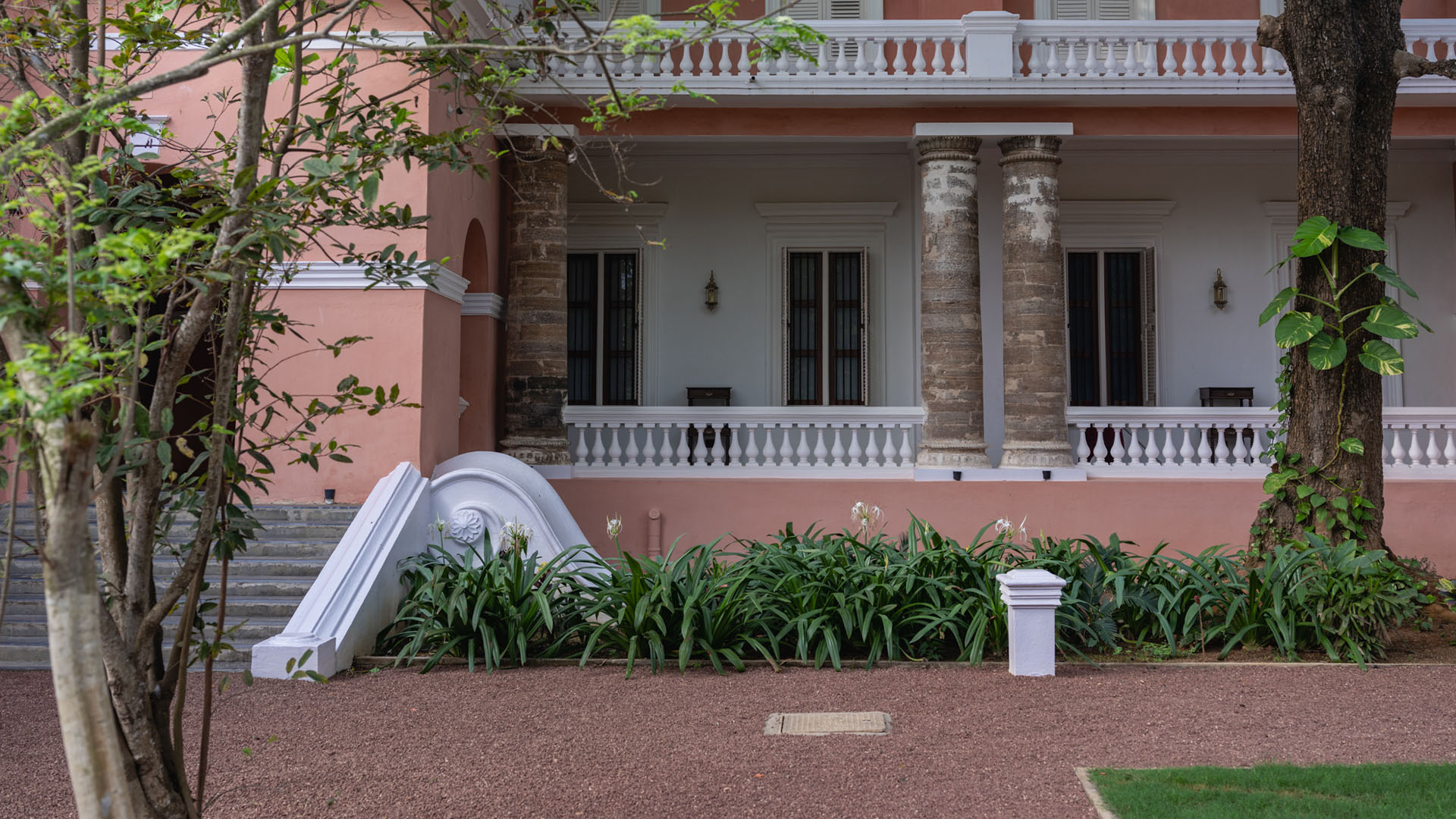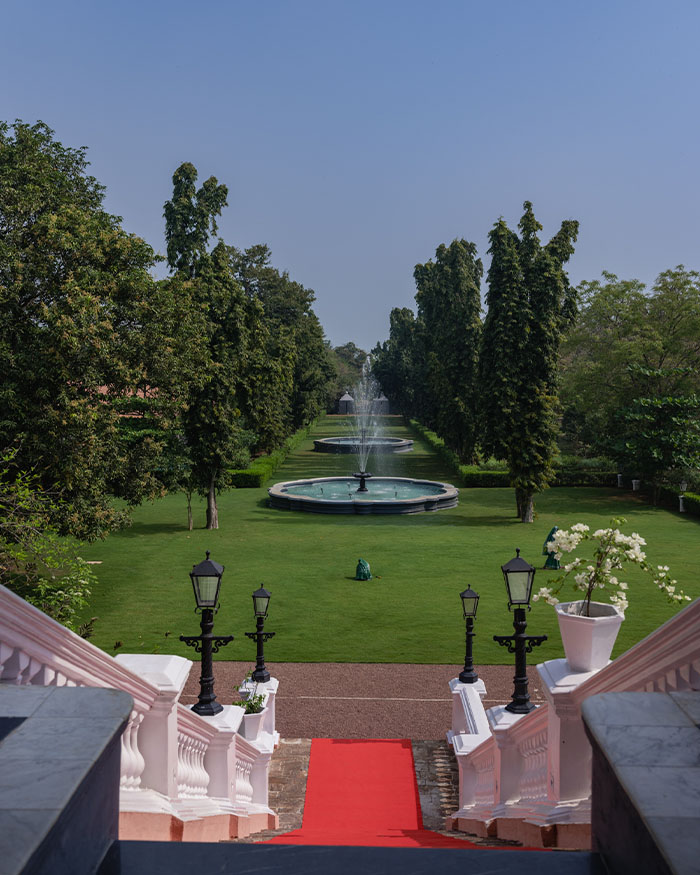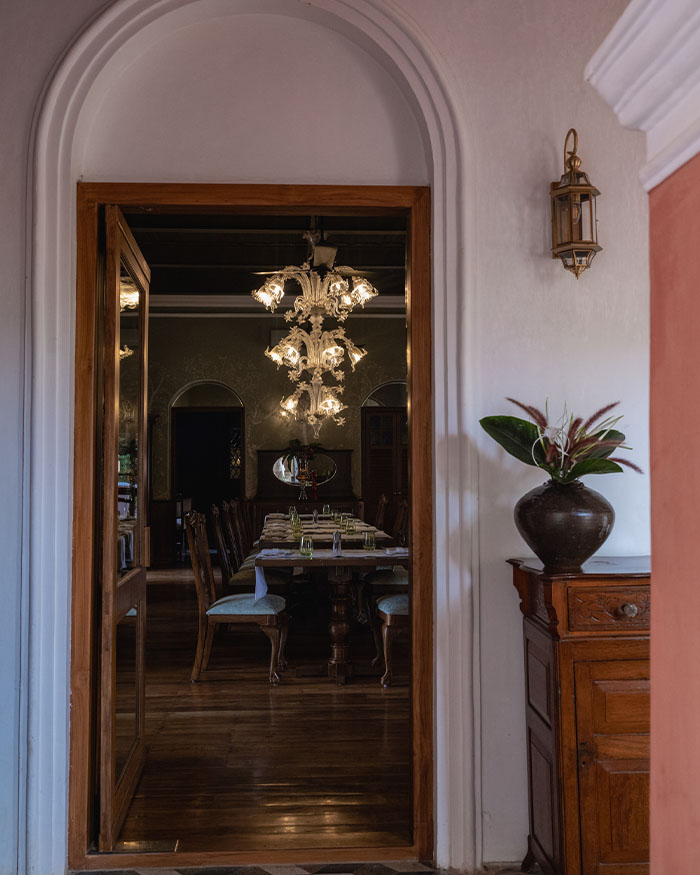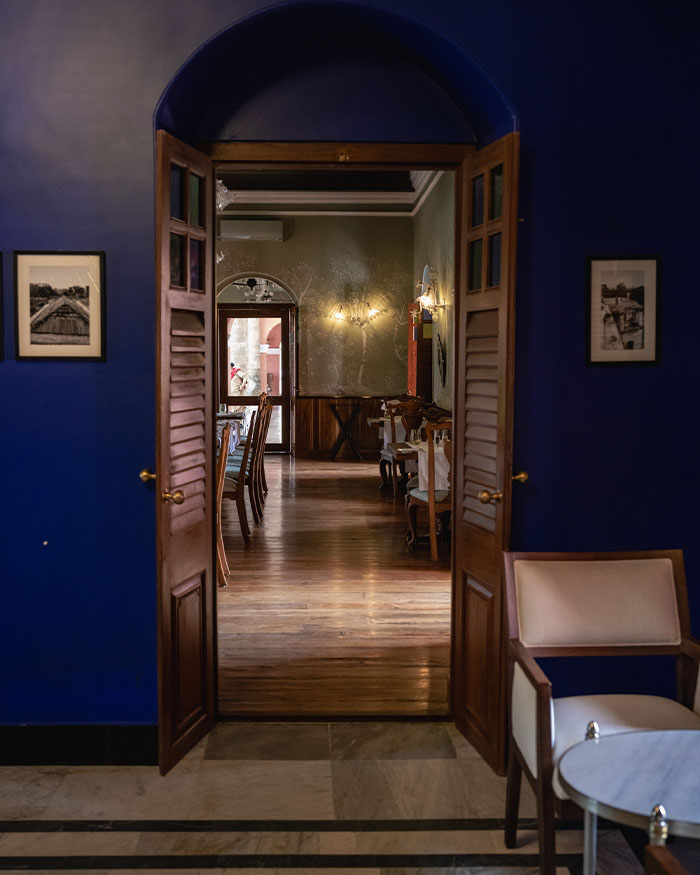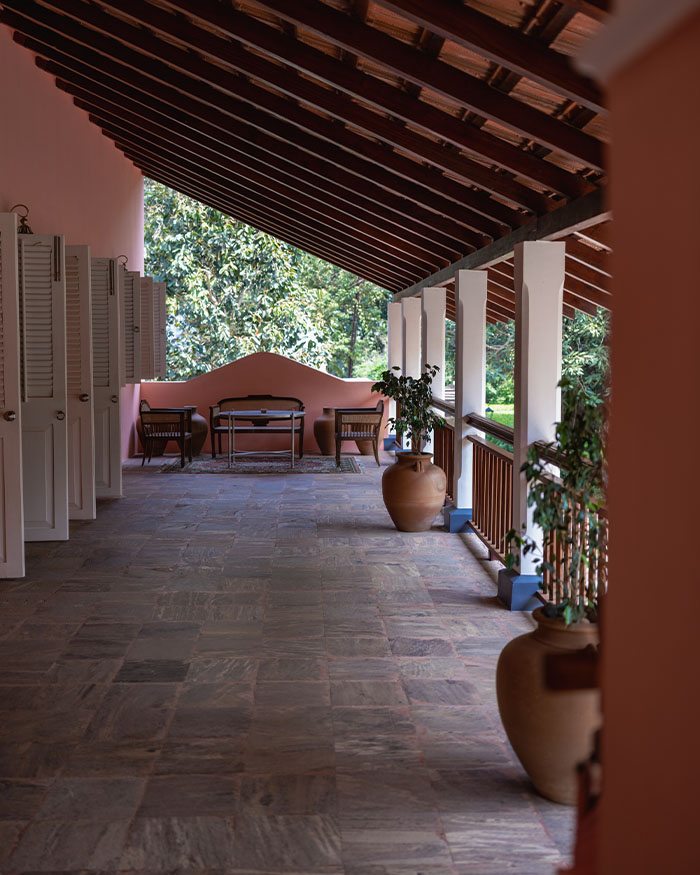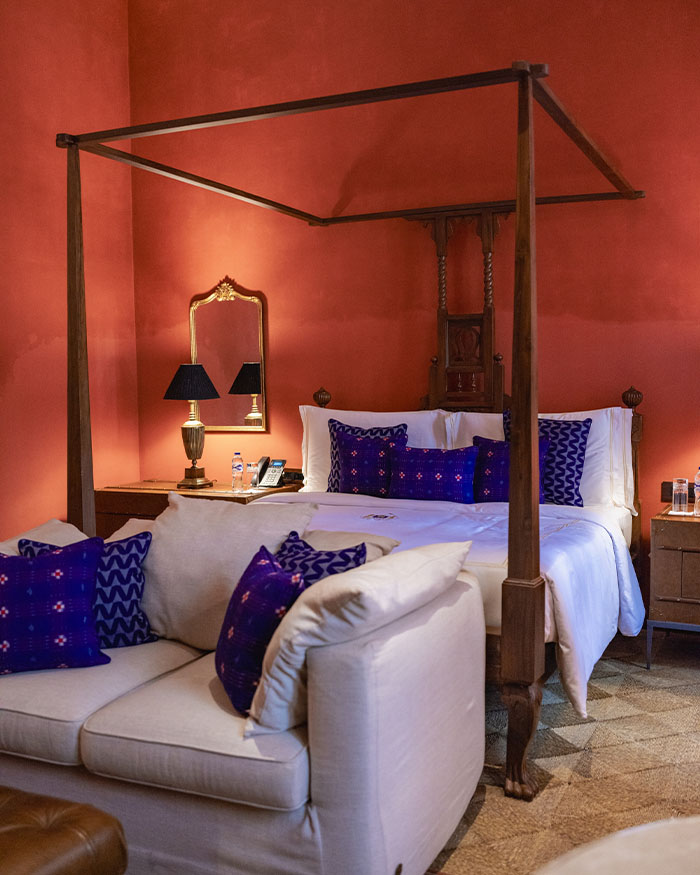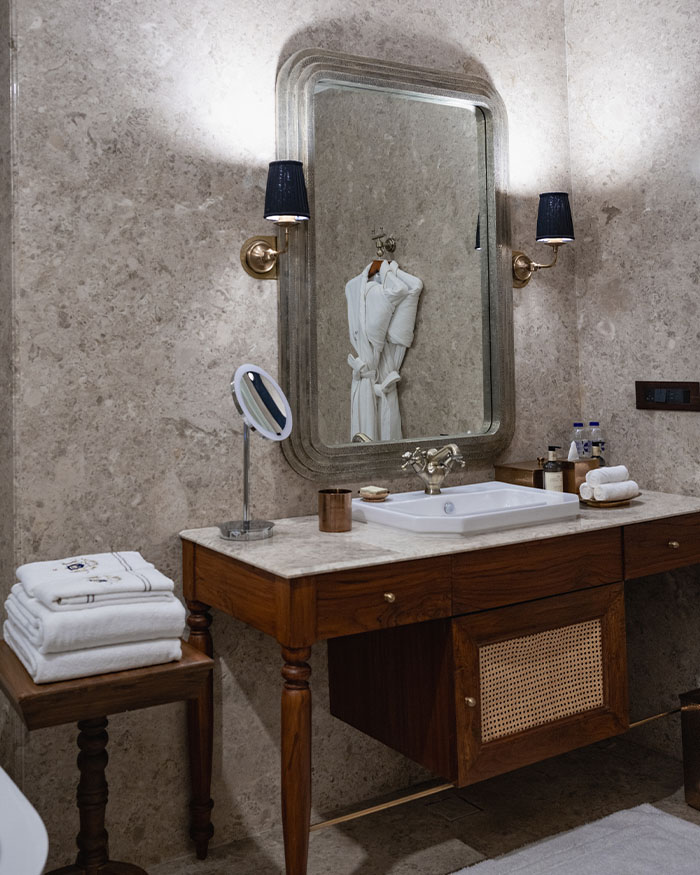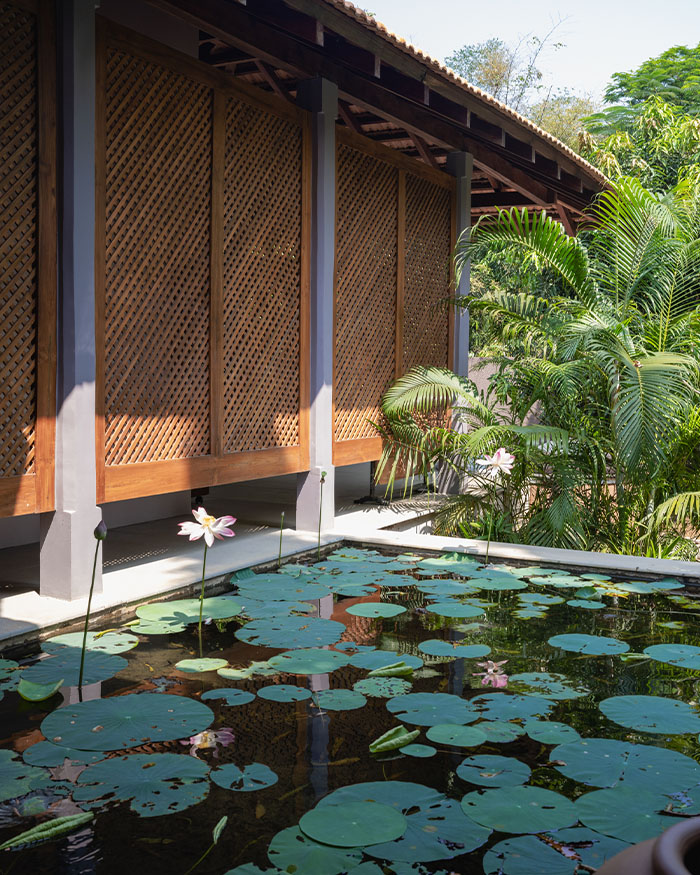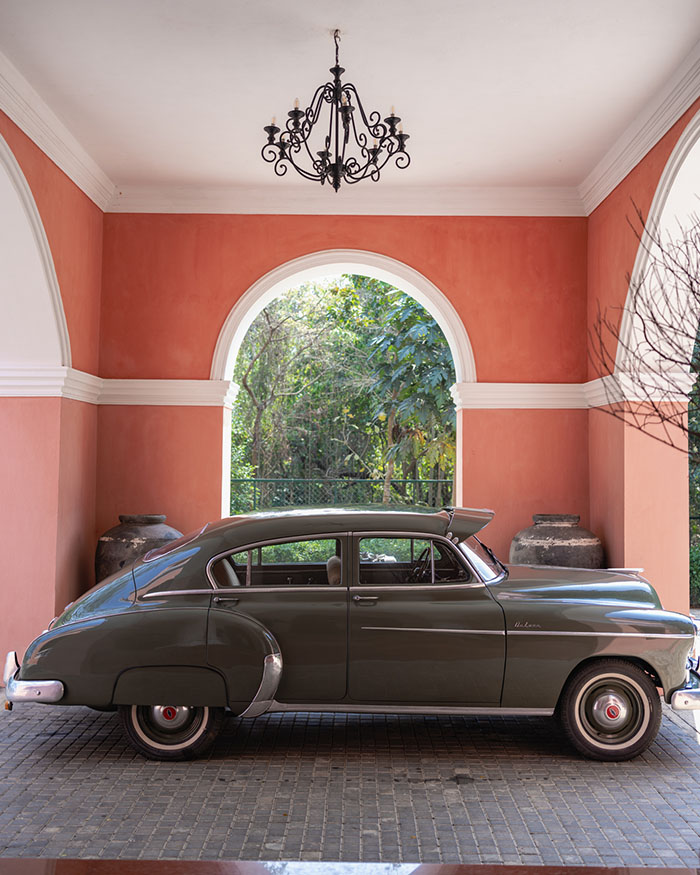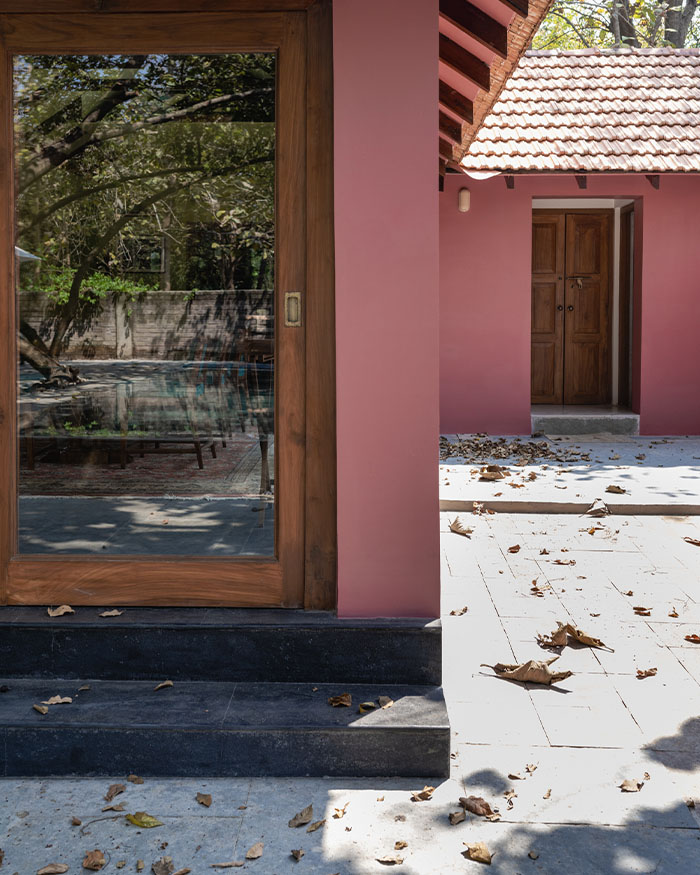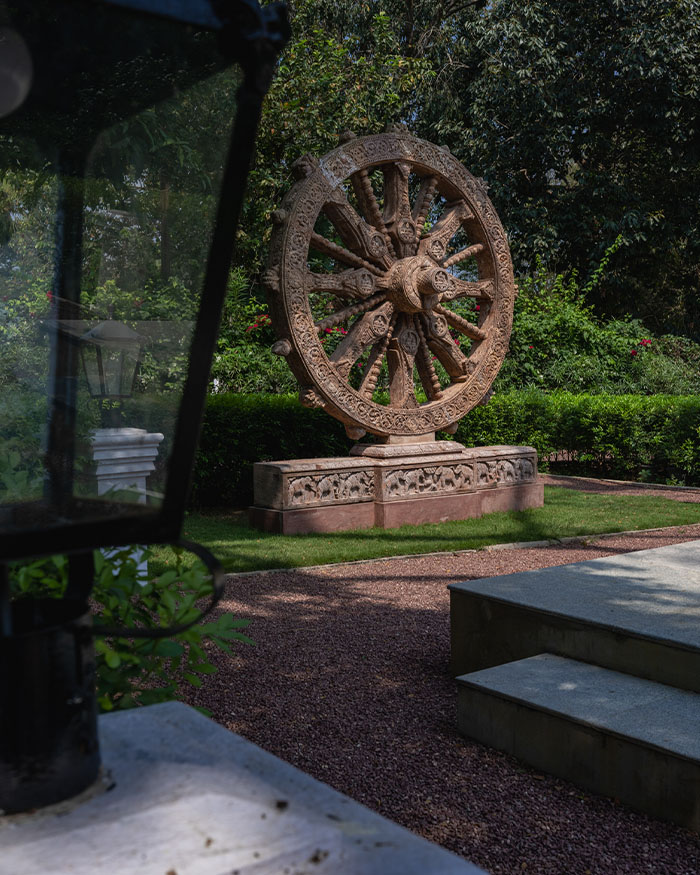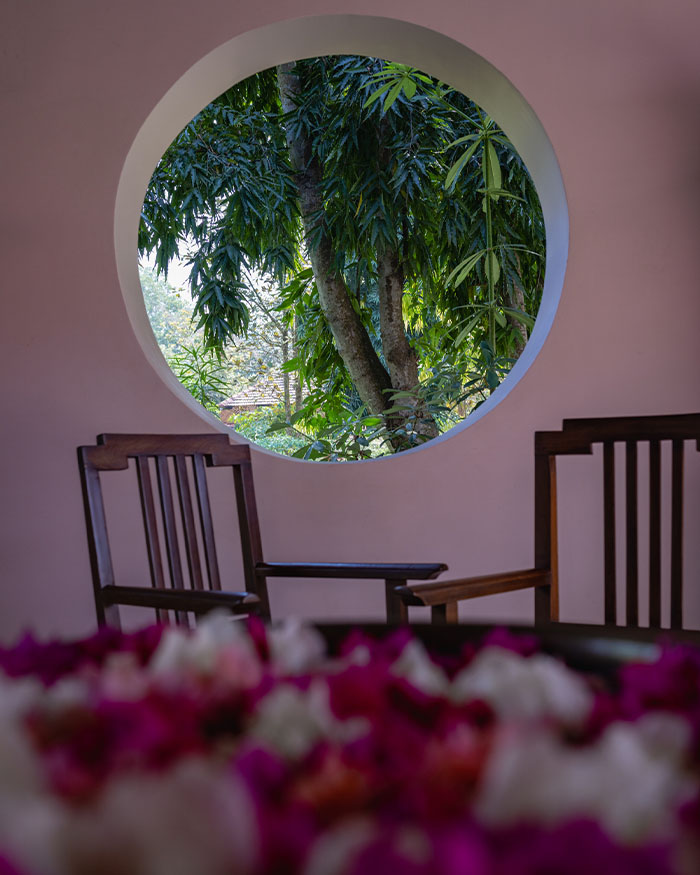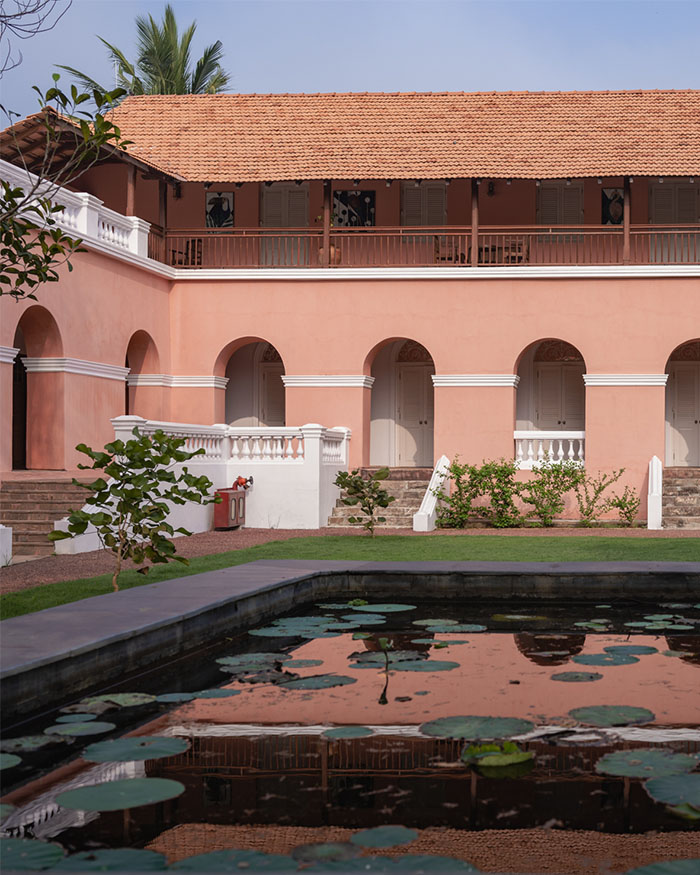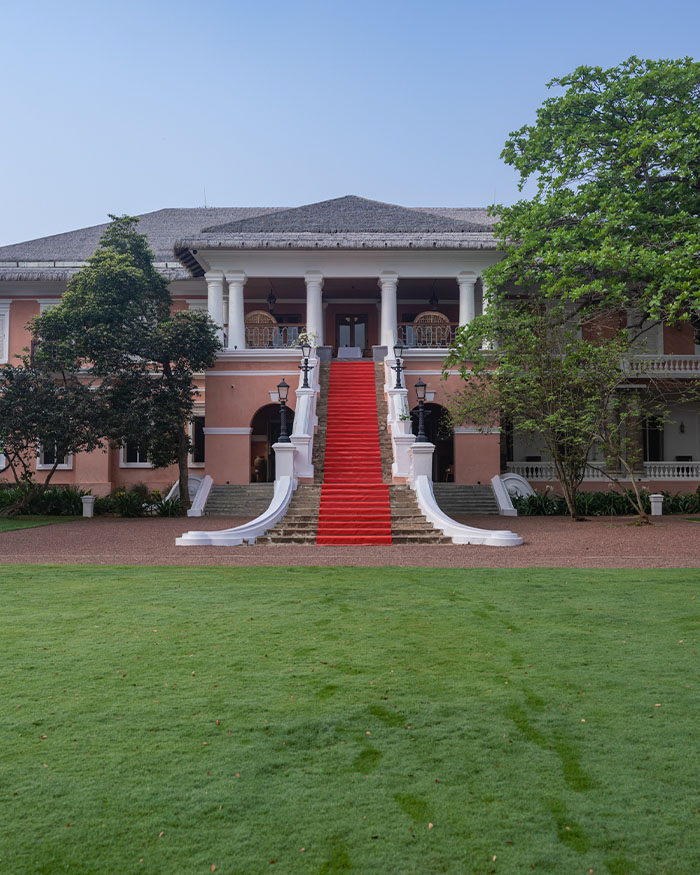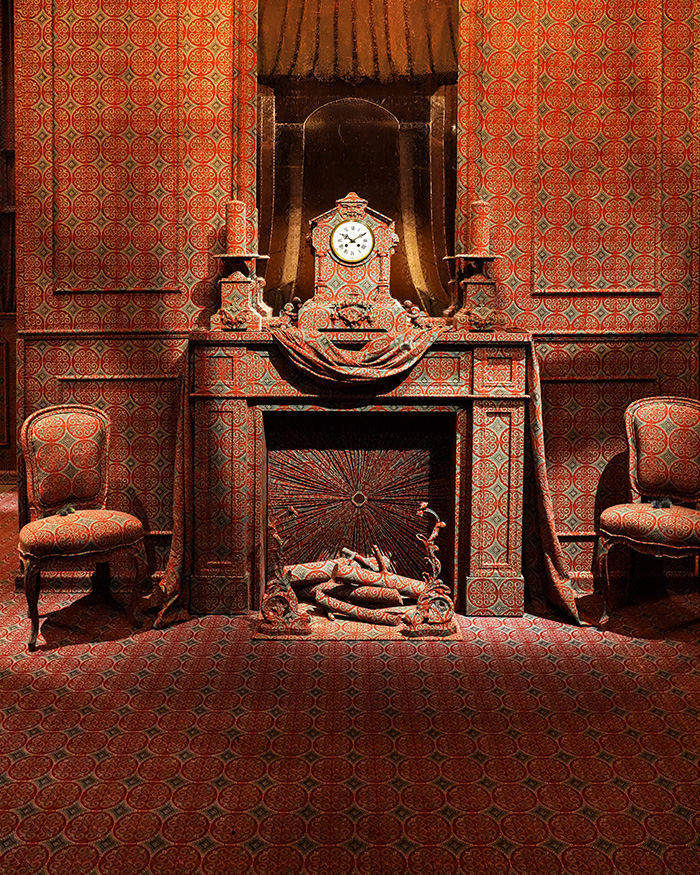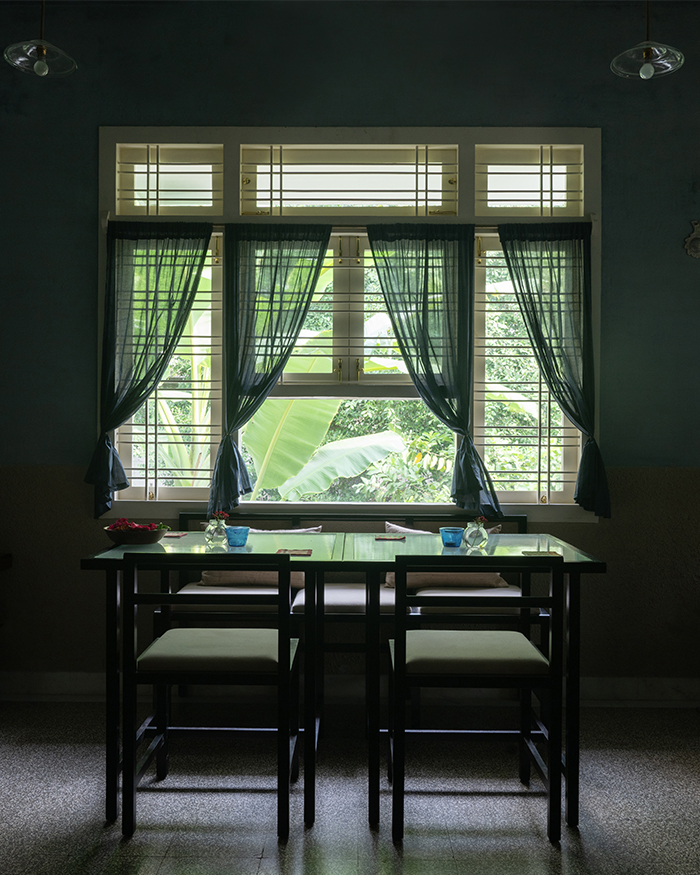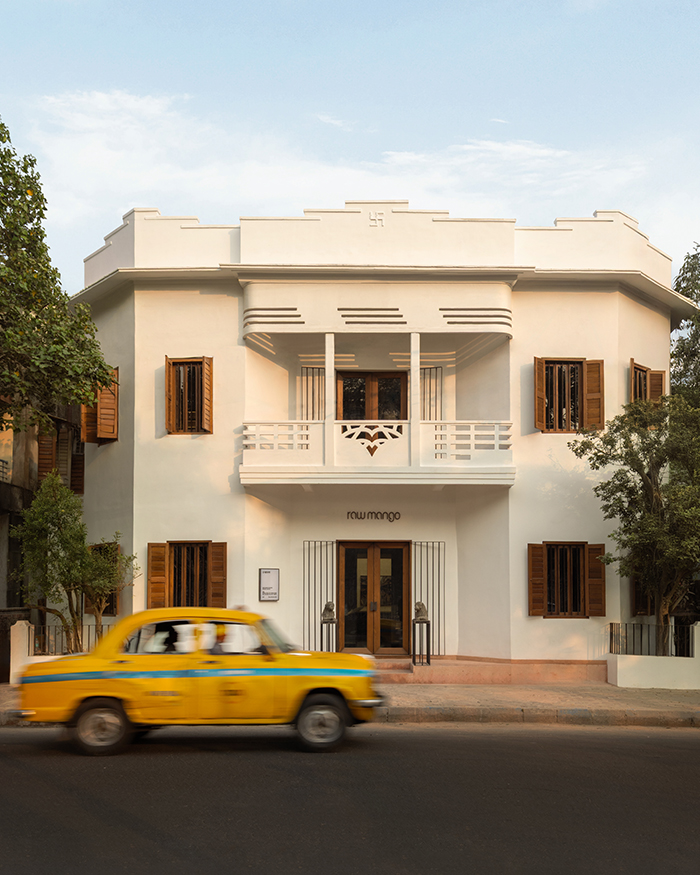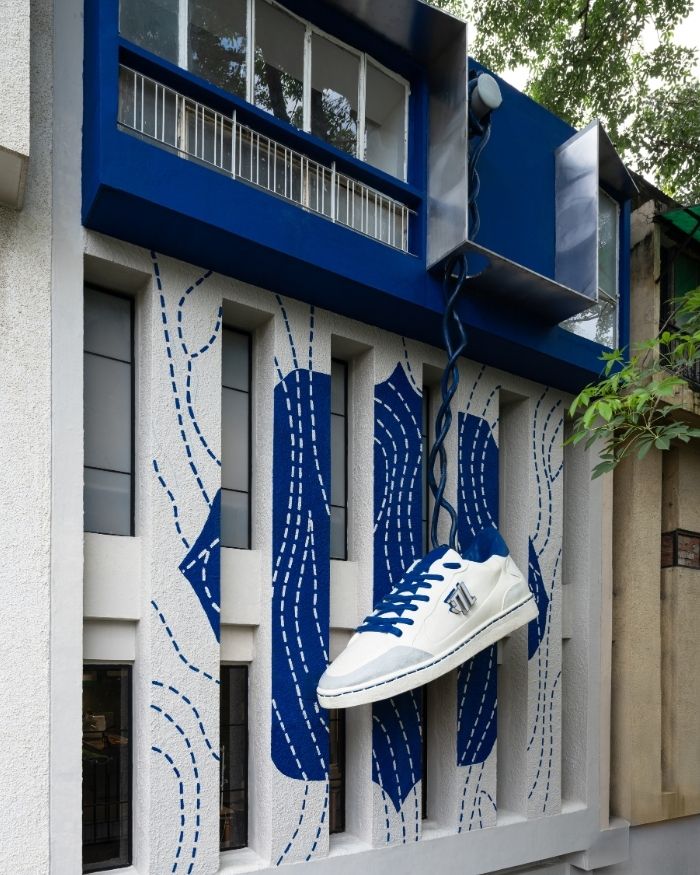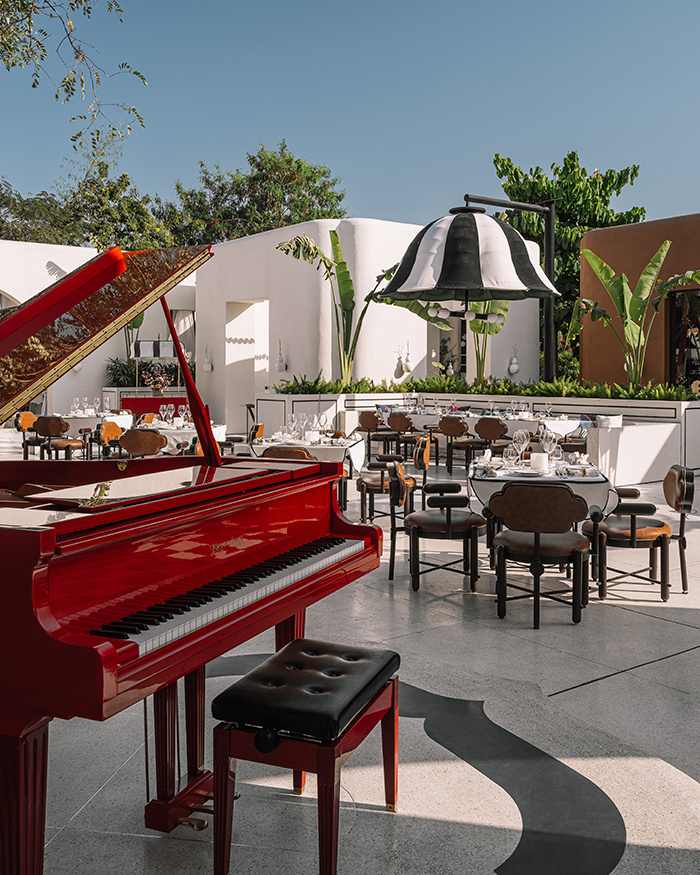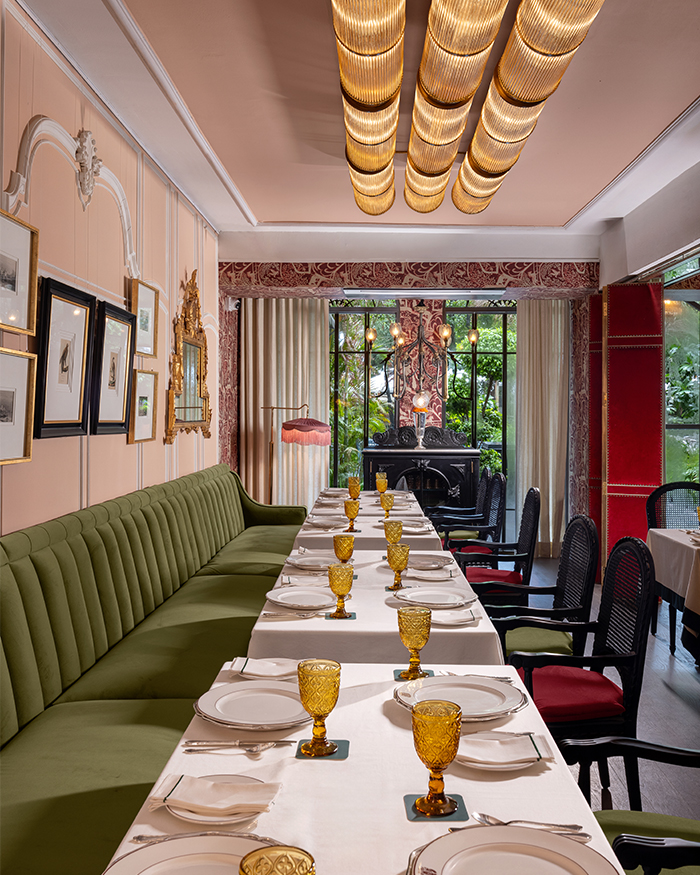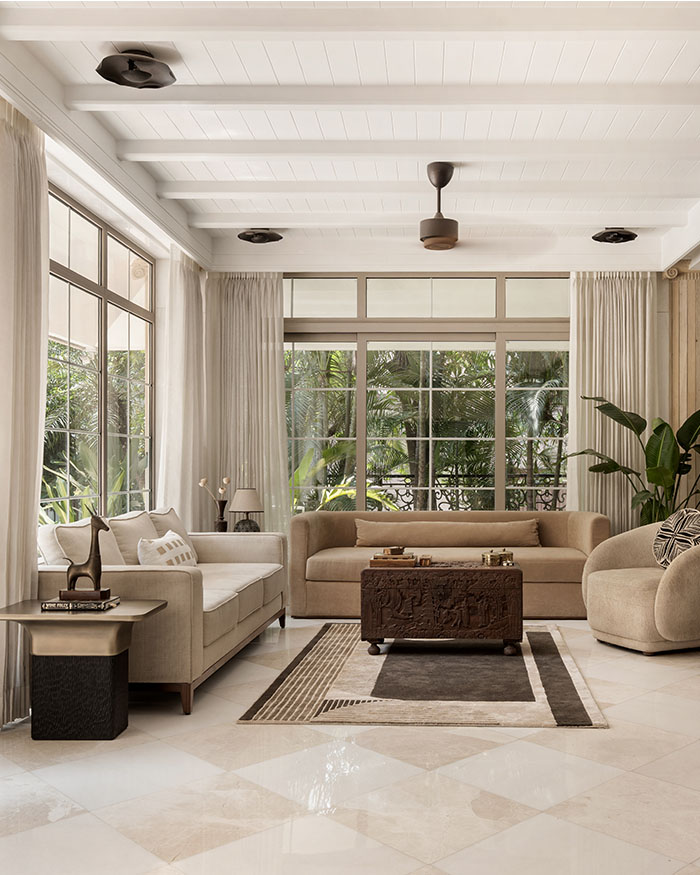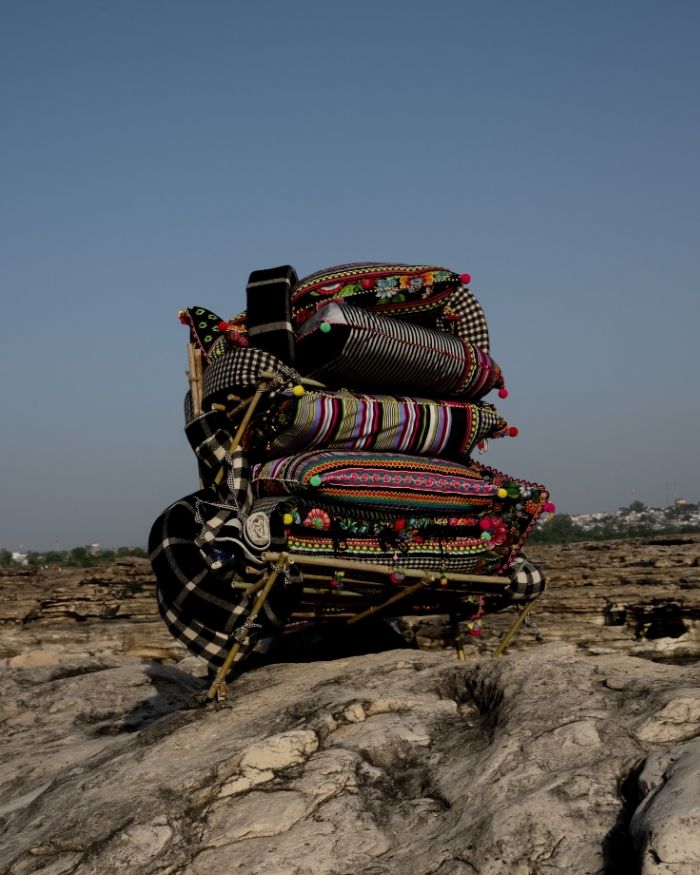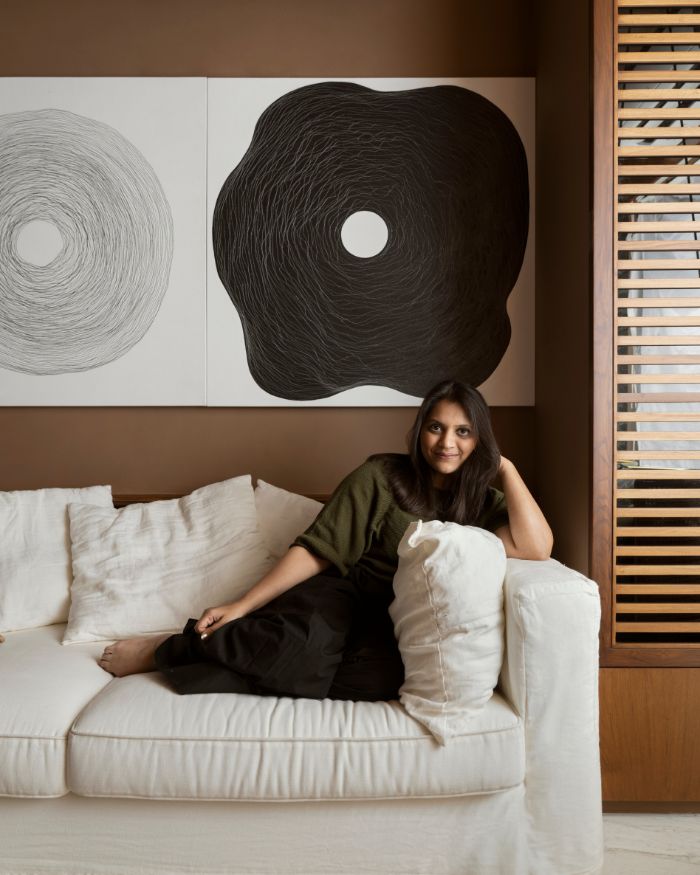I met Channa Daswatte for the first time in September 2022. He was in Mumbai for a little engagement with ELLE DECOR India. My journalistic instinct kicked in and I asked him about his work and what we could see next. He mentioned a recent trip to Odisha, Chilika Lake, to be precise. “I’m restoring a palace there,” he said. I lit up. “I’m from Orissa,” I replied, and he smiled as if filing away a useful connection. And Channa, ever the teacher from that moment on, continued to tell me, “So did you know that Orissa and Sri Lanka have shared connections that go way back in time? A Kalinga princess was married to one of our princes, and a temple in Kandy holds Buddha’s tooth relic.”
Three years later, in 2025, I finally made my way to Rambha Palace.
OBSESSION AND A DISMISSAL
Rambha’s story begins with a British obsession and a dismissal. In 1791–92, Thomas Snodgrass, then Collector of Ganjam under the East India Company, raised a country house on the banks of Chilika, employing European engineers alongside local craftsmen, and got himself sacked for spending public money too liberally. The Khallikote royals eventually bought the house. Over the next century the address hosted viceroys, reformers and writers; it was here that early meetings toward a separate Odisha province took shape, and later commissions (Phillip-Duff in 1924 and Simon in 1927 were received with ceremony. Rambha was a stage on which Odia identity found momentum.
